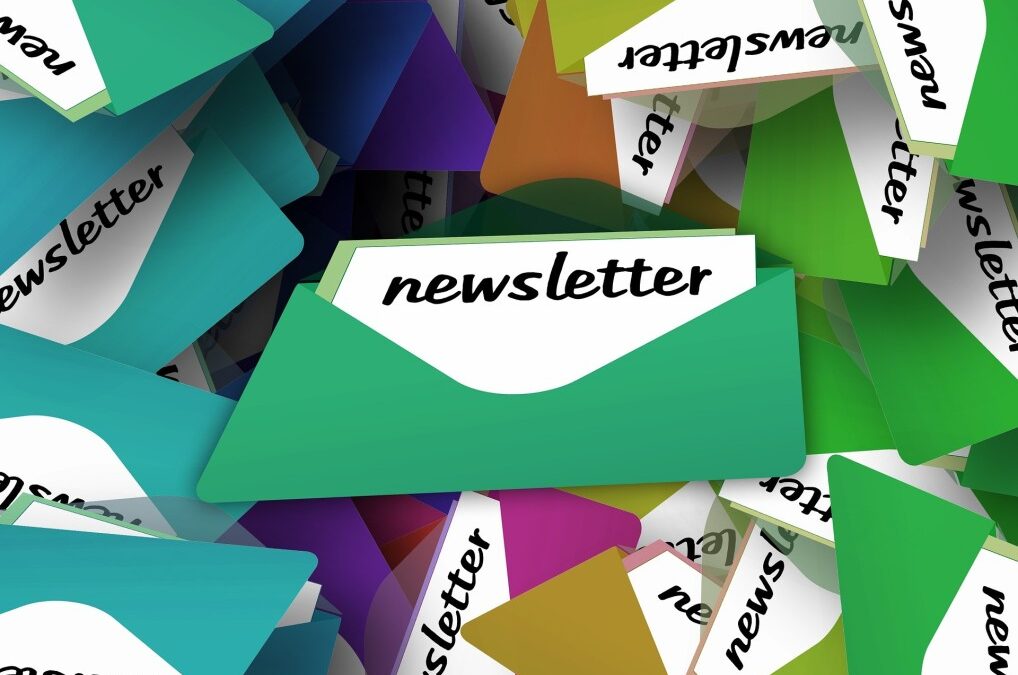I don’t know about you, but my inbox is full of newsletters.
Some of these newsletters are really just daily ads, reminders from manufacturers and retailers to come back and buy more. Some are from software and media organizations, encouraging me to use the features and read the content I’m entitled to through my subscriptions. Some are calls to give money to, or volunteer for, causes and candidates. And some are updates on ideas and activities of organizations or individuals.
Some of them I delete immediately.
In fact, about once a month, I go through my newsletters, with the help of an email management app, and delete many newsletter subscriptions entirely.
But that doesn’t mean that newsletters are not valuable, or that newsletters as a concept are “dead”.
A “newsletter” is a tactic that can be deployed in service of a strategy.
And some strategies are better than others.
If you are on the fence about your own subscription strategy, take a step back and make sure you’re clear on a few things:
1. What are you trying to accomplish?
A newsletter might be a marketing tool. So many newsletters are used to convert prospects into customers or get lapsed customers to return, that for many of us, when we think of newsletters, we think of marketing newsletters. But that’s not the only kind of newsletter.
Is your organization investing in newsletters?
If not, why not?
Your newsletter might be a relationship-building tool. It might be something you use to reach out to active, engaged customers or subscribers, as a means of reinforcing the value of the relationship. These newsletters provide valuable information about upcoming updates or changes in service, as well as insights and support. Increasingly, such newsletters come from a “customer success” team, responsible for ensuring that customers are actually getting the value they’re paying for, that they’re entitled to.
There’s a third type of newsletter goal that’s more direct. The newsletter itself may be the product. There are, for example, many research organizations whose primary product is a newsletter with breaking industry news, stock tips, or trend data. Increasingly, media organizations are incorporating the ability to select newsletters that provide the most relevant and focused content to subscribers, directly into their mailbox. Substack, for example, provides an entire platform for any subject matter expert or other content creator to develop a paid newsletter for their niches.
2. What is the value for your subscribers?
Your newsletter should be optimized for reader experience. If it’s optimized for advertisers, your readers are likely to stop opening the newsletters, and may even cancel. It’s important to be clear on why a subscriber would want to open the newsletter, and how they’d be better off having read it.
There are different sources of value, of course.
Some newsletters are valuable because of the content itself. There are many industry-specific newsletters with deep analysis or breaking news that helps businesses make better decisions. There are also subscription-based newsletters focused on a range of topics including hobbies, fandoms and professional development.
Some newsletters are valuable because they help readers get more value out of products and services they’re already paying for—by explaining new features, or providing best practices.
Some newsletters simply update readers about goings-on at an organization they care about.
Just make sure your readers agree that the content is valuable.
If you’re not sure, ask them, via survey, focus group or direct conversation.
3. How are you tracking success? On both sides?
I recently polled my followers on LinkedIn. Nearly 80% of the 127 votes felt newsletters are still valuable, from a “sender” perspective.
More importantly, nearly 80% of the 402 responses to my “reader” poll read at least one newsletter a week. And 30% report reading more than 5 newsletters every week.
So clearly some newsletters are valuable to both sides. The question is, are yours? And how do you know? Metrics you might consider to assess effectiveness of your newsletter, beyond “opens” and “unsubscribes” might include conversion rates, satisfaction rates, time spent on your content, or impact on reducing support calls. Some content-oriented newsletters are so valuable and popular, that they go out once or even twice a day. You should know the ROI of your investment in newsletters.
It’s not that newsletters are dead. It’s more that they’re so alive that nearly every organization is doing it. How are newsletters working for your organization? And if your organization DOESN’T have newsletters, I’d love to hear about why!

